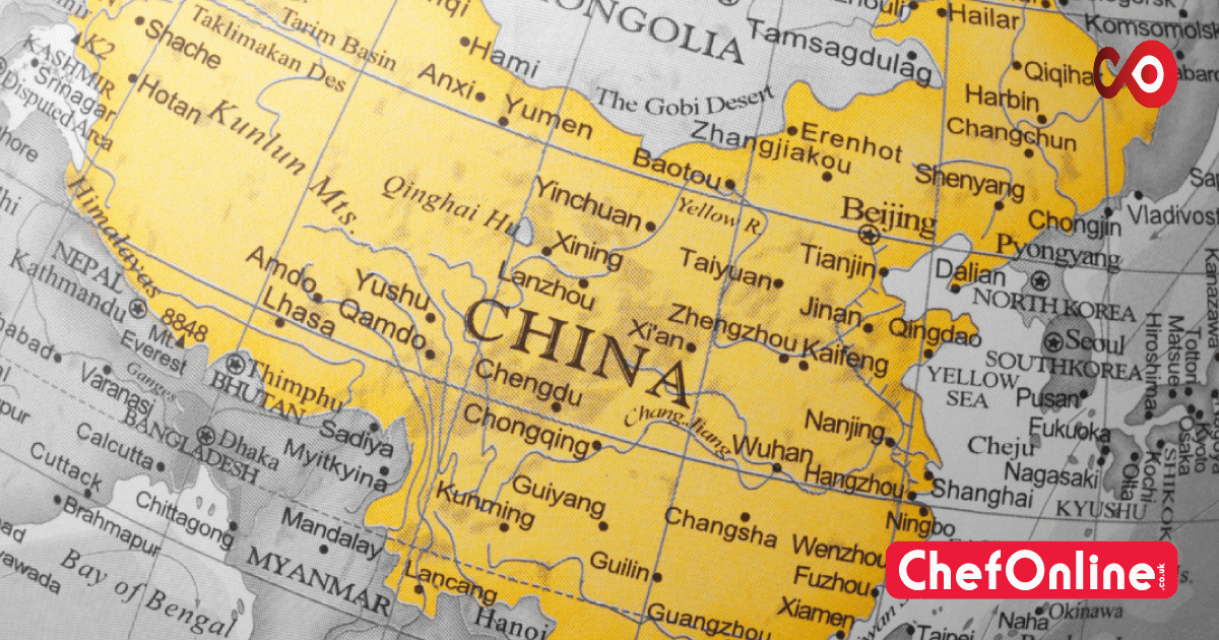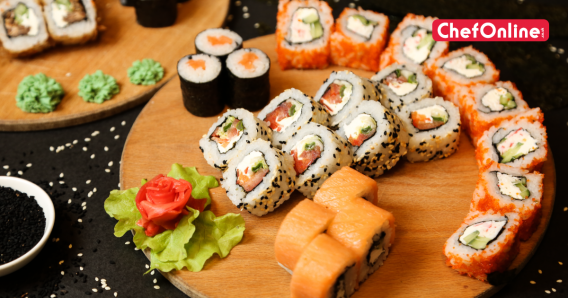The British people have had a long-standing love affair with Chinese takeaway ever since the first “jarjow” was packed in 1958. This relationship was solidified in 2020 as people in the UK and all over the world were forced to rediscover the joys of eating in.
However, today’s iteration of Chinese takeaway is much more complex than the “chop suey with chips” of old. It is a welcome development as Britons’ taste buds have evolved considerably over the years.
Below are the eight culinary traditions of Chinese cuisine that you should for the next time you order takeaway.
-
Guangdong or Cantonese Cuisine
Chinese immigrants from the Guangdong Province were the first to introduce Cantonese food to the world. It is the most recognisable Chinese cuisine in the international community. It usually consists of braised or stewed meat and vegetables flavoured with mild sauces, resulting in a distinctively sweet tasting dish.
-
Sichuan Cuisine
Sichuan cuisine originated from a Chinese province of the same name. It has bold flavours that can be described best as pungent and spicy. This combination of strong tastes can be attributed to the liberal use of garlic and Sichuan pepper, a spice that is rarely seen in other regional cuisines.
-
Jiangsu Cuisine
This cuisine comes from the native cooking style of the Jiangsu Province. It is soft but far from being mushy, a texture that is achieved only by the most delicate cooking techniques. Fish and sea plants are commonly used in this cuisine, thanks to Jiangsu’s proximity to the sea. Also, not much salt, sugar, or other seasonings are added, as chefs from the area opt to let the natural flavours of the ingredients dominate the dish.
-
Zhejiang Cuisine
Zhejiang or Zhe cuisine comes from an eastern Chinese province centred around Hangzhou. It is served fresh and even raw, with a soft flavour and mild fragrance. Zhejiang dishes typically use fish and seafood, but these are not ingredients that you commonly see in traditional western restaurants. Also, the cooking method is very refined and much focus is given to serving the food.
-
Fujian or Min Cuisine
Fujian cuisine comes from the capital Fuzhou and the province of Fujian. It is known for being light but flavourful, with much emphasis on the umami taste. Fujian dishes are soft and tender, a result of the region’s unique take on braising, stewing, steaming, and boiling. Aside from cooking techniques, chefs in the region pay much attention to their knife skills, which brings out the flavour and aroma of the food.
-
Hunan Cuisine
The Hunan cuisine originated from the Western Hunan Province, Xiang River region, and Dongting Lake. If you have to describe it in a few words, “hot and spicy” would be fairly accurate. Hunan dishes use a wide variety of agricultural products, including several kinds of chili peppers. Citrus fruits are also used liberally when cooking, giving the food a unique sour-and-spicy taste.
-
Anhui Cuisine
Anhui cuisine is a step higher than Hunan dishes in terms of taste and food preparation. It uses wild herbs and animals stewed with more oil and sometimes even sugar. Originating from a poorer landlocked Chinese province, the Anhui cuisine is often referred to as mountain peasant food. Nevertheless, it has a unique and tasty flavour that many foodies love.
-
Shandong Cuisine
Last but not least on the list of China’s Eight Great Cuisines is the Shandong cuisine. It is known for its rich taste and aroma, as well as the freshness of its ingredients. A wide variety of cooking methods are used in the region, including stewing, roasting, quick frying, and boiling. Local birds, animals, vegetables, and seafood are the common ingredients.
The best way to experience a culture is to try its cuisine. Order takeaway food now!






